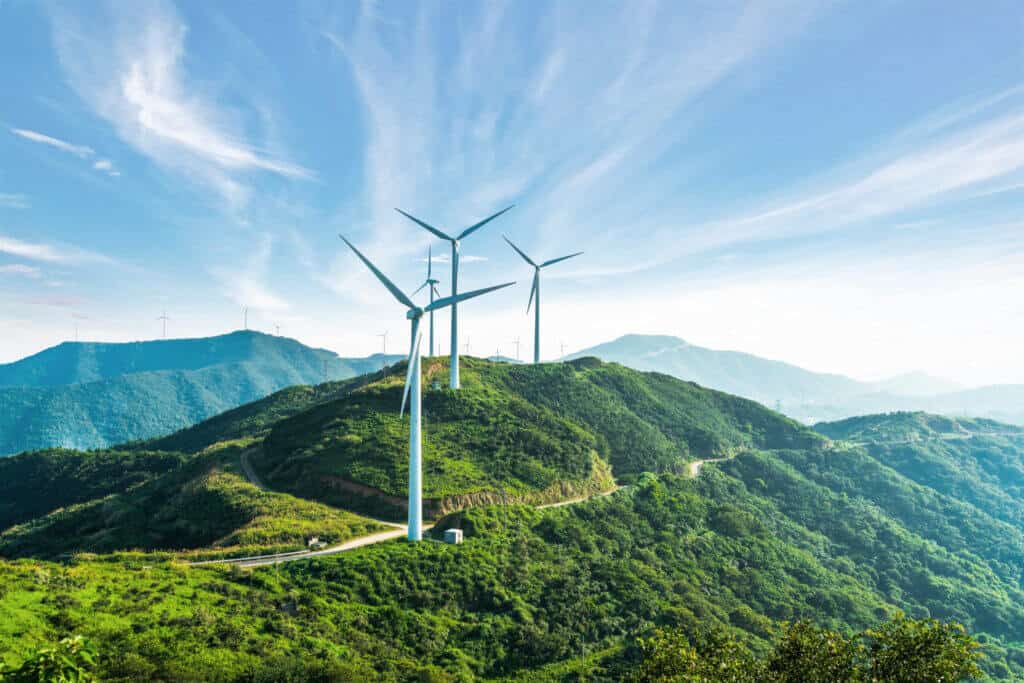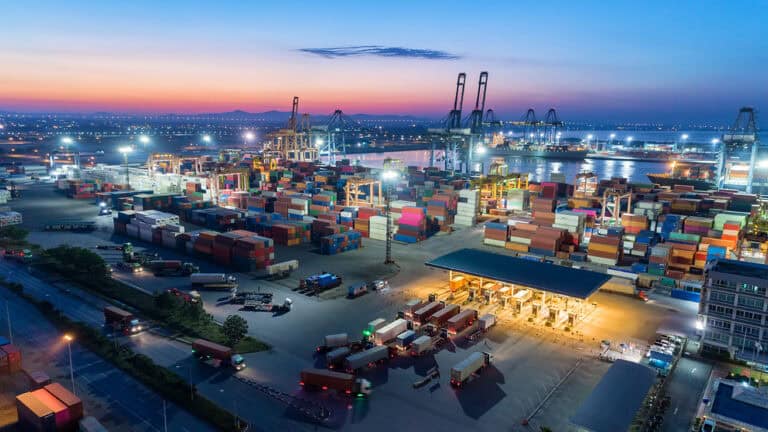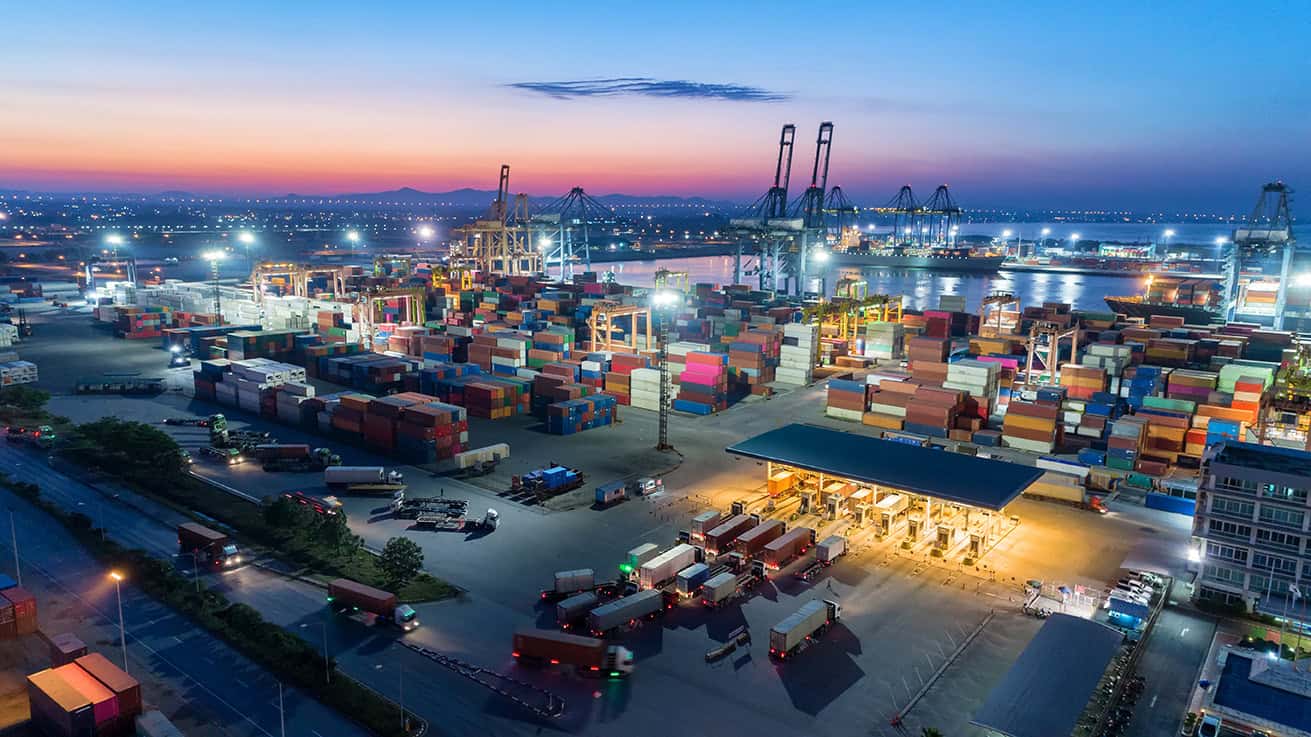
When it comes to sustainability in the supply chain, two things matter most: emit less carbon and use less water to make and deliver goods. The consensus of scientists is that these two factors, especially carbon, will help keep the earth’s temperature from rising more than 1.5 degrees Celsius. Serious impacts—environmental, social and corporate—are predicted to come from greater warming than this. But understanding your actual carbon footprint is not as simple as looking inside the four walls of the enterprise itself, especially in a business environment where many key processes are outsourced. In fact, outsourcing can actually yield a net increase in carbon production when the outsourced region relies on dirtier forms of energy.
To truly understand their carbon impact, companies will have to examine how much carbon is emitted along their entire value chain, from sourcing to delivery, and then in the use and disposal of their products. It’s about the entire lifecycle, not just the internal operations. Emissions not tied directly to the operation of company facilities and vehicles are referred to as Scope 3 emissions, and understanding them can be a daunting task, especially when you don’t have much visibility beyond your four walls.
The Sustainability Challenge of Defects and Returns With all the tumult in the sourcing and delivery aspect of supply chain over the last couple of years, one area that has gotten comparatively less attention is how manufacturing quality plays into carbon production and what happens to goods when they come back to the manufacturer. The challenge of handling returned products is more pronounced with e-commerce sales because consumers can’t directly experience the product before purchase, so they tend to overbuy and return items that didn’t work for them. Returned goods almost always represent a massive waste—financial and emissions-related. Manufacturers incur return shipping costs, staffing costs to sort, repair, repackage and re-sell the merchandise, or else dispose of it. In certain industries, returned merchandise is routinely disposed of, resulting in pure waste. According to a recent article by CNBC, commercial real estate and retail services firm CBRE estimates 30% of e-commerce sales end up being returned, compared to only 10% of brick-and-mortar sales. Furthermore, returned goods cost companies up to 60% of the original price of the product, making them a massive drain on margins as well.
Three Steps to Reduce Manufacturing Emissions
Sometimes, however, returns are due to a product recall by manufacturers. One way companies can help their end-to-end carbon emissions is by working to ensure that returns aren’t due to a quality issue. This means preventing quality issues entirely or else detecting them as early as possible in the product lifecycle—well before they’re shipped to consumers. However, quality can be a challenge to govern when raw materials and manufacturing are handled by third parties across multiple tiers. Processes and technology put in place to help detect potential quality issues—whether inherent to the materials, the assembly process or some other factor—can have a meaningful and even quantifiable impact on carbon emissions.
1. Reducing Emissions by Preventing Defects
Considerable errors and waste can result from a lack of synchronization between product design teams and manufacturing stakeholders. This is especially true during the introduction of new products or when making notable modifications to the design of existing goods. Technology to circumvent miscommunications between design and manufacturing organizations is a good first step toward addressing this. One example is software to transmit manufacturing instructions to internal and external factories and assembly facilities. Discrepancies should automatically trigger resolution tickets to ensure that any issues are promptly eliminated. This makes collaboration more efficient and less prone to errors because brand owners and contract manufacturers share a single source of truth complete with data governance, version control and archival.
Companies with especially complex manufacturing networks may also leverage a context-based parametric system to efficiently manage manufacturing instructions or recipes that are similar but have subtle differences depending on combinations of locations, product, process, step, equipment and accessories. The use of business rules on top of parameterized data will leave no room for ambiguity when internal operators or contract manufacturers interpret instructions. This multiplies efficiencies by reducing errors and reworks—ultimately reducing the energy and water needed to meet demand.
2. Reducing Emissions by Detecting Defects Quickly
Diverging from the original intent of product designers isn’t the only way errors creep in. Manufacturing visibility and materials traceability—including for work-in-process inventory—across all tiers of the supply chain can play an important role in helping detect quality issues or variances before goods head downstream. Early detection of a defect helps prevent extra resources from being unnecessarily consumed to produce additional defective units. It also reduces fuels consumed to deliver—and subsequently recall—defective goods. Tracking of lot and batch genealogy at multiple levels gives brands a detailed history of the manufacturing process associated with every lot and batch, including how products were built and tested at every step, the materials used and the quality records for each lot.
3. Reducing Emissions through Surgically Precise Recalls
With the huge scope and scale of today’s value chains, occasional recalls are likely unavoidable no matter the safeguards put in place to prevent defective goods from arriving to consumers. Every dollar spent to recall goods can mean one dollar less of net income. However, recalls can also have high costs in terms of carbon. It is not always clear which lots or batches of goods should be recalled or where those goods ended up. This is where accurate product and distribution data plus a comprehensive business network can prove vital to more sustainable recall management. It is important for companies to track the route to market for specific lots and batches—and even serialized components and finished goods—using commonality analysis to pinpoint only the affected products. Equally valuable is the ability to use highly flexible and configurable data models to simulate multiple recall scenarios and identify the most efficient one. This can make recalls surgically precise and far less carbon-intensive to conduct.
Triple win toward the triple bottom line
In a world where carbon emissions and water use are under increasing scrutiny by regulators and consumers alike, visionary, proactive brands would do well to establish processes now to truly understand—and ultimately curb—their Scope 3 emissions across the value chain. As I’ll unpack in a future blog post, the European Union is already exploring requirements that will call for companies to provide details on the carbon emissions from their entire value chain—not just internal operations. Of course, reducing your Scope 3 emissions by mitigating quality issues and recalls has many benefits other than mere compliance with new environmental regulations. It reduces unit costs by helping ensure no step in the manufacturing process is wasted. It helps ensure precious production time is spent only on activities that create value. Detecting quality concerns as early as possible, and running efficient recalls when necessary, mitigates damage to your brand. And working toward transparency and sustainability across your value chain can positively strengthen your brand equity and make your company more attractive to investors. It’s a win-win-win toward the triple bottom line of people, planet and profits.
Reach out
If you’re interested in learning more ways to reduce your manufacturing footprint with better quality management, reach out and let’s talk. And if you’d like to dive deeper on ways to tackle Scope 3 emissions in the supply chain, check out another recent blog post from us on the topic.







